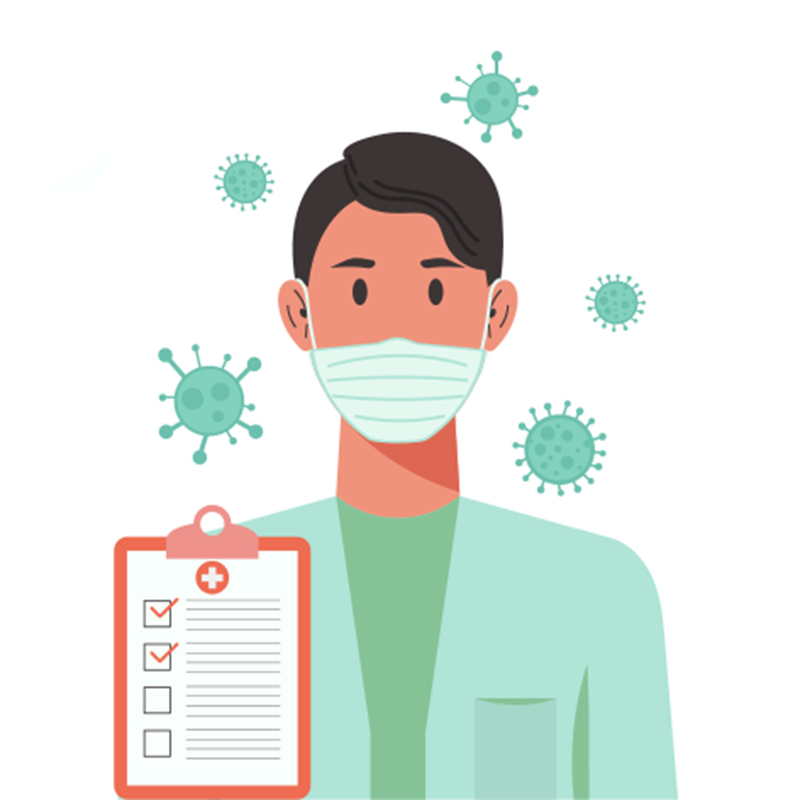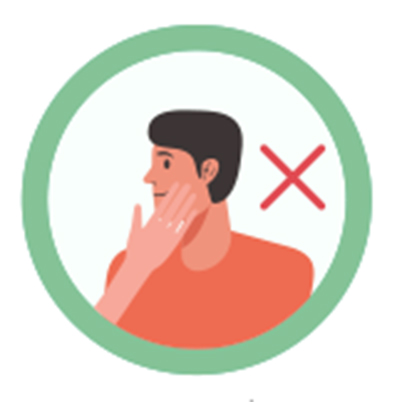GET PREPARED FOR COLD AND FLU SEASON

Impact of the Cold and Flu
It’s that time of year: cold and flu season. According to the National Institutes of Health, each year Americans will get over a billion colds and 5%–20% (depending on the strain) will get the flu (1). As the idiom goes: “an ounce of prevention is worth a pound of cure,” and there are some very simple habits that can minimize your risk for catching the cold or flu.

WHAT CAUSES THE COLD AND FLU?
The cold and flu are both viral infections, but they are quite different. There are over 200 viruses that cause the “common cold,” including various coronaviruses and parainfluenza, but approximately half of cases are caused by the rhinovirus. The flu, on the other hand, is caused by the influenza virus, which has multiple strains. There are four types of influenza viruses (A, B, C, and D) and 131 subtypes that have been found in nature, which is why the annual flu vaccine is a bit of a guessing game (2). It is primarily types A and B that cause seasonal outbreaks, although type C can cause some mild respiratory symptoms as well. The viruses that cause both the cold and flu are transmitted similarly: from the respiratory system of an infected person. When someone with a cold or flu virus coughs, sneezes, or touches their nose or mouth with their hands, they spread microscopic droplets to you or various surfaces you may touch. Touching your own hands, nose, or mouth with these droplets then infects you.
Symptoms of the Cold and Flu
Although the symptoms are similar, those exhibited by the flu tend to be more extended and severe. Symptoms may include:
ACHES & CHILLS
The flu often comes with consistent aches and chills, while they are less common and less pronounced with a cold.
FATIGUE
You can expect feelings of lethargy with both cold and flu.
FEVER
The flu is usually accompanied by a fever, while a mild fever sometimes accompanies a cold.
SORE THROAT
Sore threats are common with both illnesses, but do not always occur.
CONGESTION
Both cold and flu generally cause congestion, stuffy nose, and cough but it is milder with a cold.
HEADACHE
The flu often causes headaches, but it is more rare with a cold.
Usually symptoms of both cold and flu last 7–10 days, but in some cases flu symptoms may persist for up to four weeks, well after the virus is gone. The flu may also progress to pneumonia or contribute to other conditions such as bronchitis and ear infections. Although most people fully recover from the flu within a few weeks, each year up to 810,000 hospitalizations and 61,000 deaths are attributed to the flu in the U.S. (3). If you are dealing with flu symptoms that won’t seem to go away, or more extreme symptoms, like breathing difficulties or coughing up colored phlegm, contact your Prime Meridian Healthcare™ provider to ensure that it does not progress to something that may impact your health long-term.
Preventative Care
Preventative care with viral infections is all about avoidance and supporting the overall health of your immune system. Recent research has shown that those with compromised immune systems, such as individuals with Metabolic Syndrome and obesity, may experience more severe reactions to exposure to cold and flu viruses and also, may more effectively transmit the virus to others (4). So, priority number one for the health of yourself and those around you during cold and flu season is to practice healthy lifestyle habits. If you are healthy, those viral pathogens you are exposed to are more likely to be effectively dealt with before they cause significant illness. Otherwise, to protect yourself and others from the spread of viral infections, follow these steps:

Sick? Stay Home
If you are sick, stay home. If you are experiencing cold or flu symptoms, keep them to yourself. If it is absolutely necessary that you are around others, consider using a nose and mouth covering.

Cover Nose & Mouth
Cover your nose and mouth. The easiest way to transmit the virus is through coughing or sneezing so use a tissue.

Wash Your Hands
Wash your hands. Regularly washing your hands is the simplest way to protect yourself from various germs. It also can help limit transmission. If handwashing is not possible, an alcohol-based hand sanitizer may also be effective.

Avoid Contact With Face
Avoid touching eyes, nose, and mouth. Germs can live on surfaces for longer than you think, but illness is unlikely unless those pathogens get from your hands into your body, usually through orifices.
Cold and flu season is a part of life. As the weather begins to cool down, the viruses that are all around us are more easily transmitted. While colds and flus generally run their course within a short period of time and symptoms can generally be ameliorated with over-the-counter medications, for those with compromised immune systems, the flu specifically can progress to something much worse than sneezing and congestion. Keep your immune system strong, practice good hygiene, and don’t forget to contact Prime Meridian Healthcare™ if you are experiencing severe or lingering symptoms.
References
1
Flu and Colds
National Institutes of Health.
4
Obesity and Flu
Maier H., et al.
2
Types of Flu
Centers for Disease Control.
3
Burden of the Flu
Gordon A. and Reingold A.


